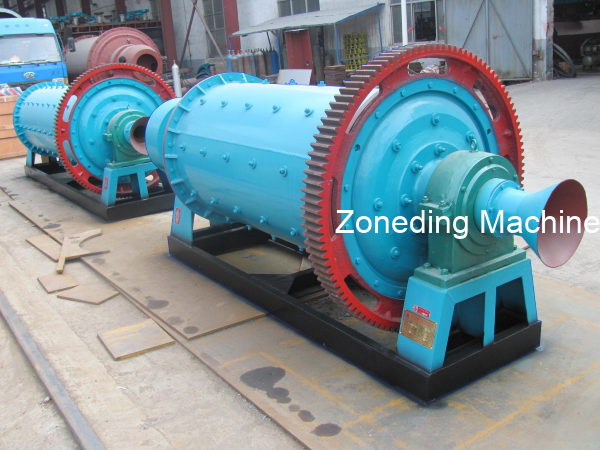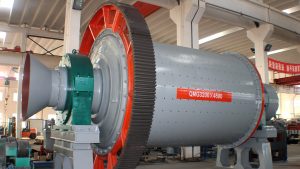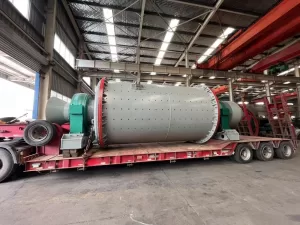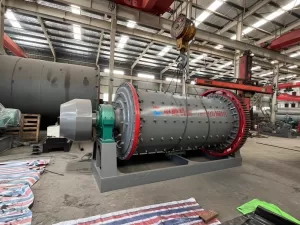Should I use a ball mill or a rod mill to grind limestone?
When it comes to grinding limestone, both ball mills and rod mills can be suitable options. However, there are differences between the two in terms of working principle, grinding form, and application areas. Here’s a comparison to help you choose the right equipment:
Working principle:
- Ball mill: Relies on the impact between steel balls and materials for grinding and stripping operations. The steel balls and materials have point contact, resulting in material crushing.
- Rod mill: Uses steel rods as the grinding medium. The contact area with the material is larger compared to a ball mill, resulting in face-to-face contact and less over-grinding.
Applicable materials:
- Ball mill: Suitable for processing a wide range of materials and commonly used in mineral processing plants, refractory factories, cement, and construction industries.
- Rod mill: More suitable for grinding brittle materials such as quartz sand, graphite, and tungsten ore.
Product parameters:
- Ball mill: Feed size ≤20-≤25mm, discharge size 0.074-0.89mm. Dry grinding can achieve a grinding size of 400 mesh, while wet grinding can achieve a grinding size of 350 mesh.
- Rod mill: More suitable for coarse grinding and materials with lower requirements on discharge granularity.
In summary, if you need to process a wide range of materials and achieve a finer discharge particle size, a ball mill is recommended for grinding limestone. However, if you are dealing with brittle materials and have lower requirements on discharge granularity, a rod mill might be a more suitable choice.
 Zoneding Machine
Zoneding Machine




